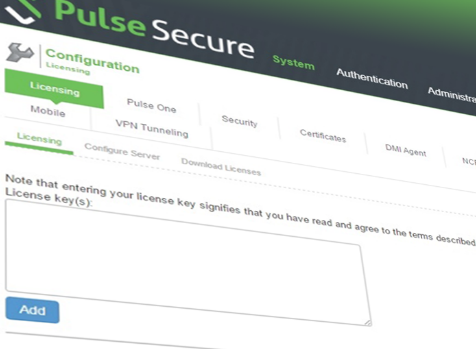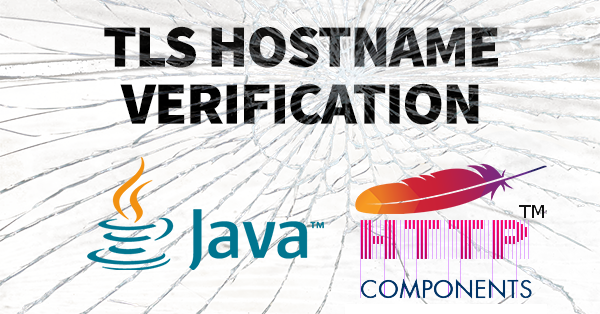GoSecure Blog
Vera – Stored XSS & Improper Access Control
 We discovered a stored cross site scripting (XSS) vulnerability on Vera, a platform for online proofing and custom workflows used in the printing industry. An authenticated user could leverage the last name field in the User module of the system to execute a stored cross site scripting vulnerability. Furthermore, an Improper Access Control vulnerability was discovered in the projects module where a user could view and download project related documents without the proper permissions. The vulnerable version is Vera – 4.9.1.26180.
We discovered a stored cross site scripting (XSS) vulnerability on Vera, a platform for online proofing and custom workflows used in the printing industry. An authenticated user could leverage the last name field in the User module of the system to execute a stored cross site scripting vulnerability. Furthermore, an Improper Access Control vulnerability was discovered in the projects module where a user could view and download project related documents without the proper permissions. The vulnerable version is Vera – 4.9.1.26180.
Deep Dive into an Obfuscation-as-a-Service for Android Malware
 This blogpost summarizes cutting-edge research that uncovers an obfuscation-as-a-service platform for Android applications. From a thorough analysis of the obfuscation techniques to comprehending the service’s usage, efficiency, and potential profitability, as well as placing the service in its wider market context, the research provides a practical deep dive into the modus operandi of malicious actors attempting to complicate the work of security analysts.
This blogpost summarizes cutting-edge research that uncovers an obfuscation-as-a-service platform for Android applications. From a thorough analysis of the obfuscation techniques to comprehending the service’s usage, efficiency, and potential profitability, as well as placing the service in its wider market context, the research provides a practical deep dive into the modus operandi of malicious actors attempting to complicate the work of security analysts.
Forget Your Perimeter Part 2: Four Vulnerabilities in Pulse Connect Secure
 A few weeks ago, we released a blogpost about an authenticated RCE we found in Pulse Connect Secure (CVE-2020-8218). In that post, we mentioned that we discovered more vulnerabilities. Four vulnerabilities were discovered on Pulse Secure Connect, a VPN (Virtual Private Network) software, leading up to an unauthenticated user being able to perform remote code execution (RCE). While the RCE itself requires to be authenticated with admin privilege, two Cross-Site Scripting (XSS) attacks make it possible to force an admin to execute code on behalf of the attacker, effectively allowing remote code execution as an unauthenticated user. An XML External Entity (XXE) was also discovered for authenticated users, granting arbitrary file read on the remote filesystem.
A few weeks ago, we released a blogpost about an authenticated RCE we found in Pulse Connect Secure (CVE-2020-8218). In that post, we mentioned that we discovered more vulnerabilities. Four vulnerabilities were discovered on Pulse Secure Connect, a VPN (Virtual Private Network) software, leading up to an unauthenticated user being able to perform remote code execution (RCE). While the RCE itself requires to be authenticated with admin privilege, two Cross-Site Scripting (XSS) attacks make it possible to force an admin to execute code on behalf of the attacker, effectively allowing remote code execution as an unauthenticated user. An XML External Entity (XXE) was also discovered for authenticated users, granting arbitrary file read on the remote filesystem.
Connecting Technology and People: Identifying Unknown Ransomware
Adversary versus target; all organizations participate in this daily cat-and-mouse. Organizations initially fought this battle on the technology front. Miss something? Find another new technology to address the gap. Over time, technology delivered interesting intel, but malicious activity still slipped through. Organizations then went on the hunt to find the “right” person with the “right” skill. And this cycle continues unabated – tech, people, tech, people, tech, people, etc.
Are things better? Undeniably. Can they be better still? Without question. But as long as the tech/people cycle continues, most organizations will never reach their cybersecurity goals because the goal will always be just out of reach by one person or one technology. To illustrate this, we’ll use the recent Exorcist 2.0 ransomware.
Weakness in Java TLS Host Verification
 Unicode-related vulnerabilities have seen an increase in momentum in the past year. Last year, a Black Hat presentation by Jonathan Birch detailed how character normalization NFC/NFKC can lead to glitches in URL and host manipulation. Recently, two vulnerabilities were found in password reset functionality. The two affected applications were Django and Github. In the previous blog post, we have presented API transforming code points with potential side effects. In this post, we present one of our findings: a vulnerability affecting Oracle JDK and Open JDK host verification in the TLS communication. We are also including details from a similar weakness in Apache HTTP client.
Unicode-related vulnerabilities have seen an increase in momentum in the past year. Last year, a Black Hat presentation by Jonathan Birch detailed how character normalization NFC/NFKC can lead to glitches in URL and host manipulation. Recently, two vulnerabilities were found in password reset functionality. The two affected applications were Django and Github. In the previous blog post, we have presented API transforming code points with potential side effects. In this post, we present one of our findings: a vulnerability affecting Oracle JDK and Open JDK host verification in the TLS communication. We are also including details from a similar weakness in Apache HTTP client.



